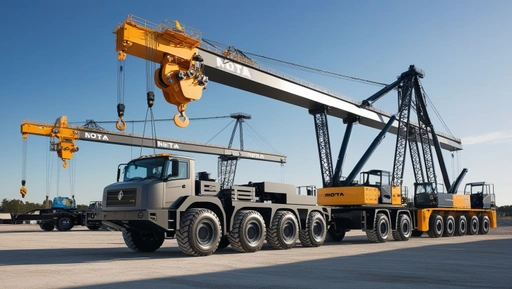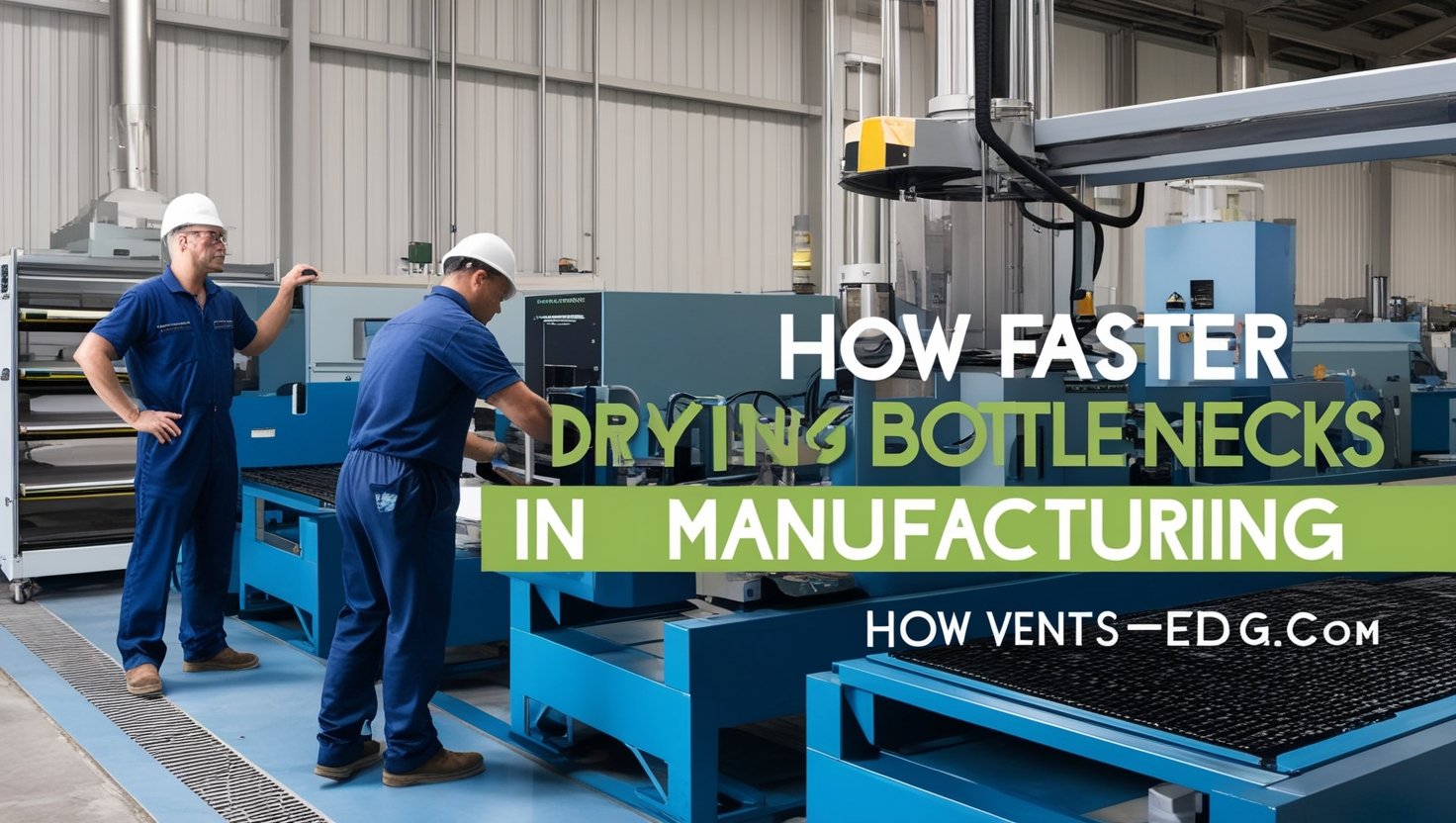
When it comes to heavy lifting, one size doesn’t fit all. Industries face challenges that standard cranes can’t solve. From lifting irregular shapes to working in extreme conditions, the demand for custom cranes has never been greater.
The Benefits of Custom Cranes Over Standard Models
While standard cranes have their merits, custom cranes offer tailored solutions to meet specific industry demands. Here are some key advantages:
- Enhanced Performance: Custom cranes are built to manage specific load types, sizes, or weights that standard cranes struggle with.
- Improved Safety: Tailored designs minimize risks by factoring in operational challenges unique to a particular site or project.
- Higher Efficiency: Purpose-built cranes streamline operations, reducing downtime and operational bottlenecks.
- Cost-Effectiveness: While initial costs may be higher, the increased efficiency and reduced maintenance often make custom cranes a more economical choice in the long term.
From addressing unconventional lifting requirements to working in hazardous environments, the value of a crane designed with purpose cannot be overstated.
Examples of Custom Crane Solutions
1. Construction Industry
On megastructure projects, standard cranes often fall short due to unique load requirements or spatial constraints. A notable example is the use of custom tower cranes in the construction of the Burj Khalifa in Dubai, which incorporated features such as extreme height adaptability and specialized rotation capabilities.
2. Aerospace Industry
The aerospace sector involves handling expensive, delicate, and irregularly shaped components, such as airplane wings and fuselages. Custom overhead cranes with precise load-balancing mechanisms have been instrumental in improving safety and efficiency during assembly processes.
3. Marine Industry
Port cranes often face challenges like corrosive saltwater environments and moving heavy shipping containers in high winds. Customized marine crane solutions, incorporating weather-resistant materials and advanced control systems, ensure reliability and performance.
4. Underground Industry
The underground industry, encompassing mining and tunneling operations, relies on specialized crane systems, including mining cranes, adapted to restricted spaces and harsh environments. These cranes are designed to handle extreme conditions, such as low ceilings, poor ventilation, and heavy dust exposure. Custom solutions often include compact, robust structures and remote-controlled mechanisms to enhance safety and functionality in these challenging settings.
The Customization Process
Creating a custom crane is an in-depth process that involves multiple stages, from concept to assembly. Here’s an overview of how it works:
- Needs Assessment
Collaboration between the customer and engineering team identifies unique load capacities, operating environments, and functional requirements.
- Conceptual Design
Using advanced computer-aided design (CAD) software, engineers conceptualize a crane that meets the identified needs.
- Engineering Analysis
The design goes through simulations and stress tests to ensure safety, durability, and compliance with industry standards.
- Prototyping and Testing
Prototypes or components undergo rigorous testing for functionality, strength, and reliability.
- Manufacturing and Installation
The final design enters production, utilizing high-grade materials and components. The crane is then installed at the site with precision alignment.
- Training and Maintenance
Operators receive training, and maintenance schedules are implemented to maximize longevity and performance.
Factors to Consider When Choosing or Designing a Custom Crane
When planning for a custom crane, consider the following factors:
- Load Requirements
Determine the weight, dimensions, and type of loads the crane will handle.
- Work Environment
Consider factors such as space constraints, weather conditions, and operating frequency.
- Safety Features
Include features like advanced load monitoring systems and emergency halt functions.
- Compliance
Ensure the design adheres to local and international safety and industry standards.
- Budget Considerations
Weigh the long-term benefits of customization against upfront costs.
Future Trends in Custom Crane Technology
The rapid advancement of technology is shaping the future of custom cranes. Some emerging trends include:
- Smart Cranes
Integration of IoT (Internet of Things) technology allows for real-time monitoring, predictive maintenance, and remote operation.
- Eco-Friendly Materials
The move toward sustainability has led to the use of lightweight, recyclable materials in crane design.
- Automation and AI
Self-operating cranes equipped with AI-driven systems are being developed to enhance precision and reduce human error.
- Augmented Reality (AR) in Design
AR is expected to play a role in streamlining the design process for custom cranes, enhancing visualization and collaboration with clients.
Conclusion
Custom cranes are essential for industries with specialized lifting needs, offering improved efficiency, safety, and performance. They provide tailored solutions for tasks like skyscraper construction, aircraft assembly, and port logistics.


